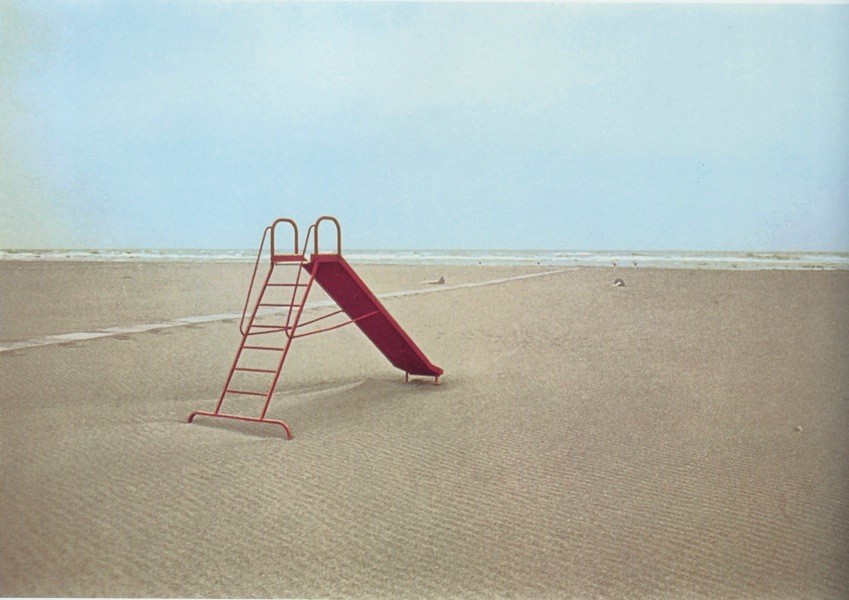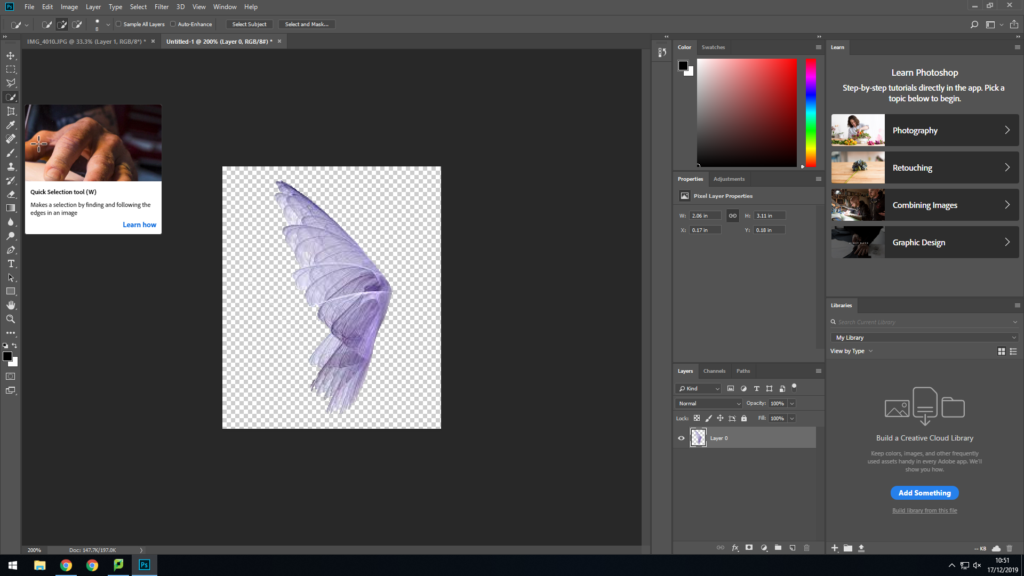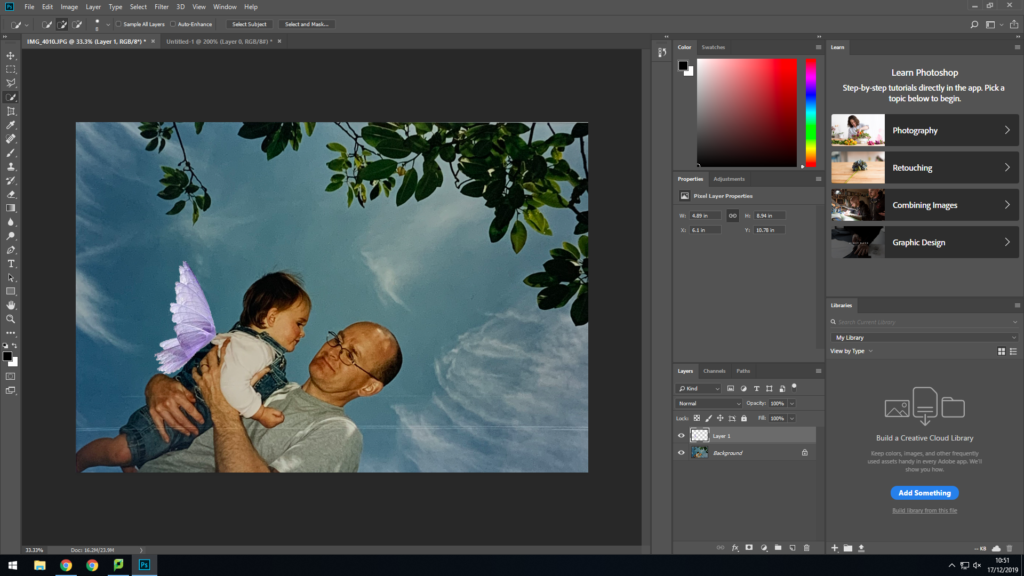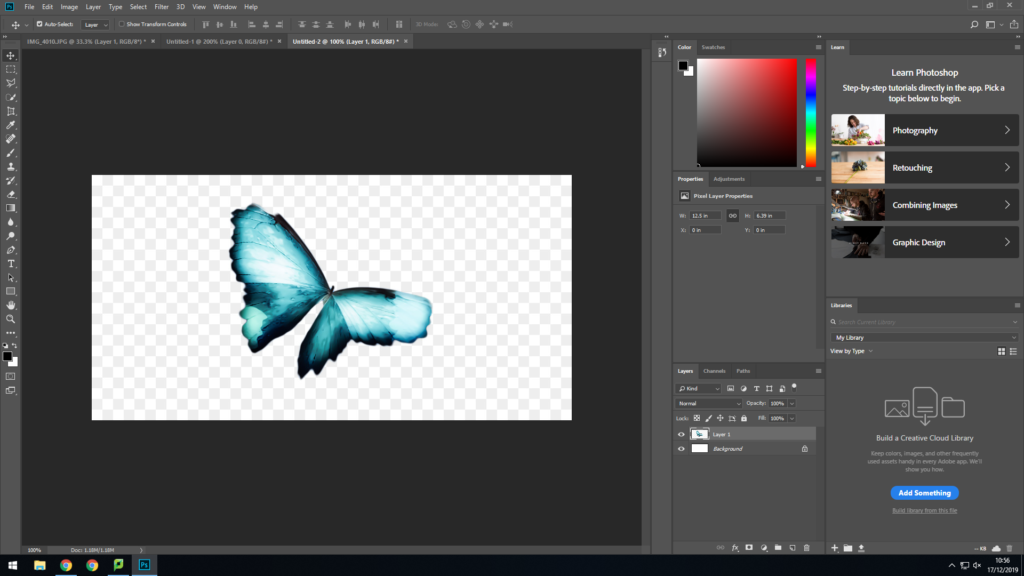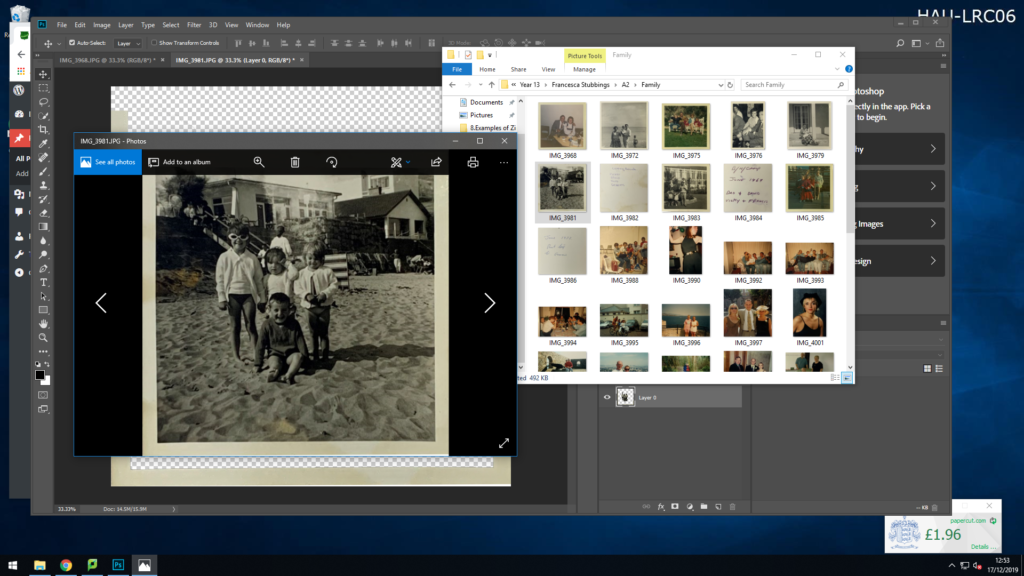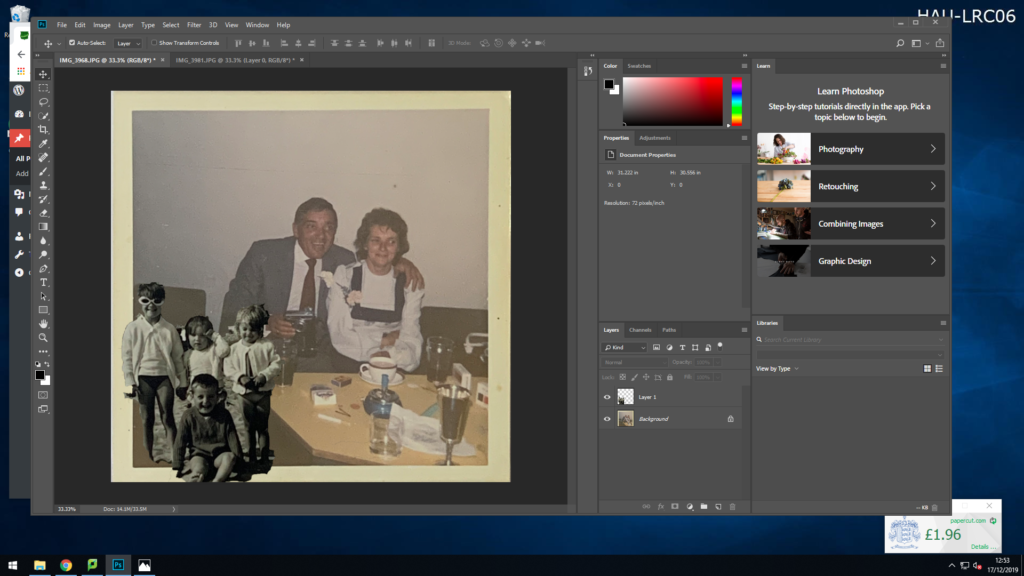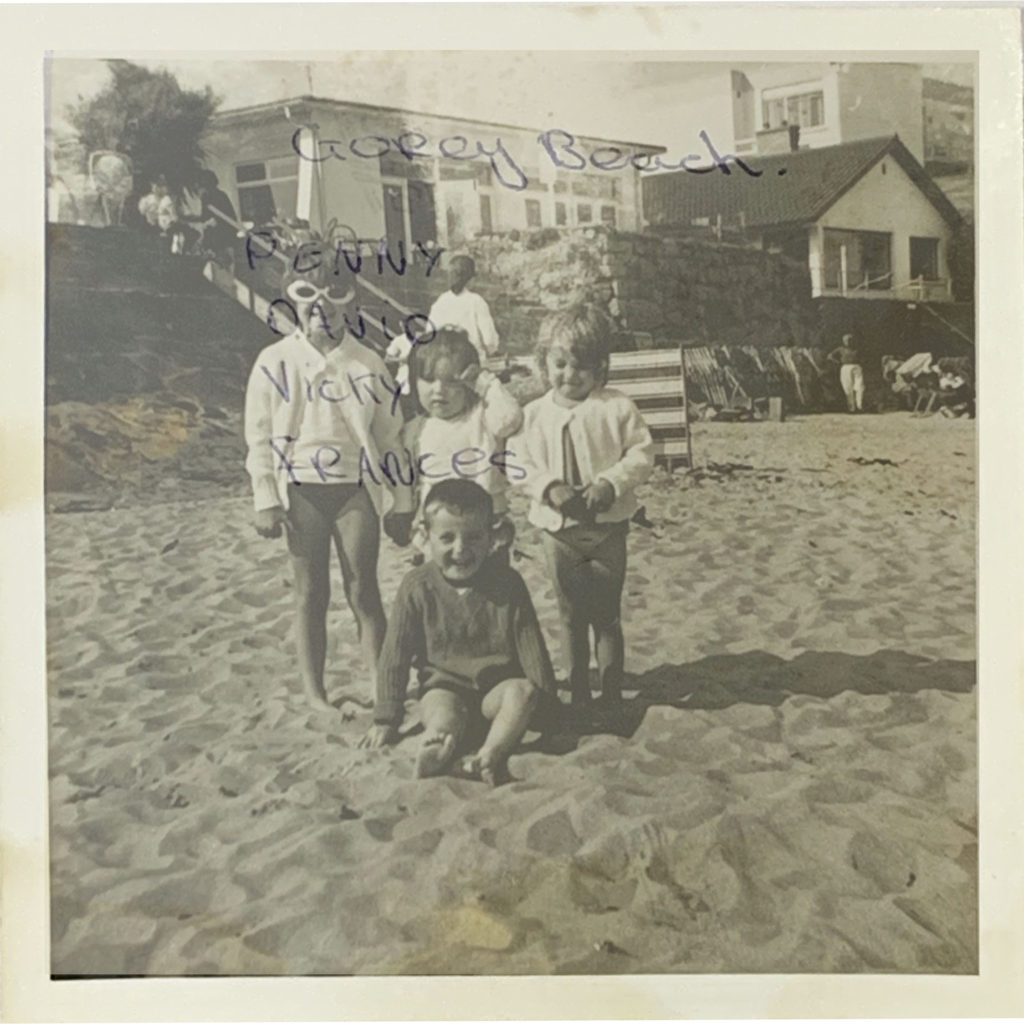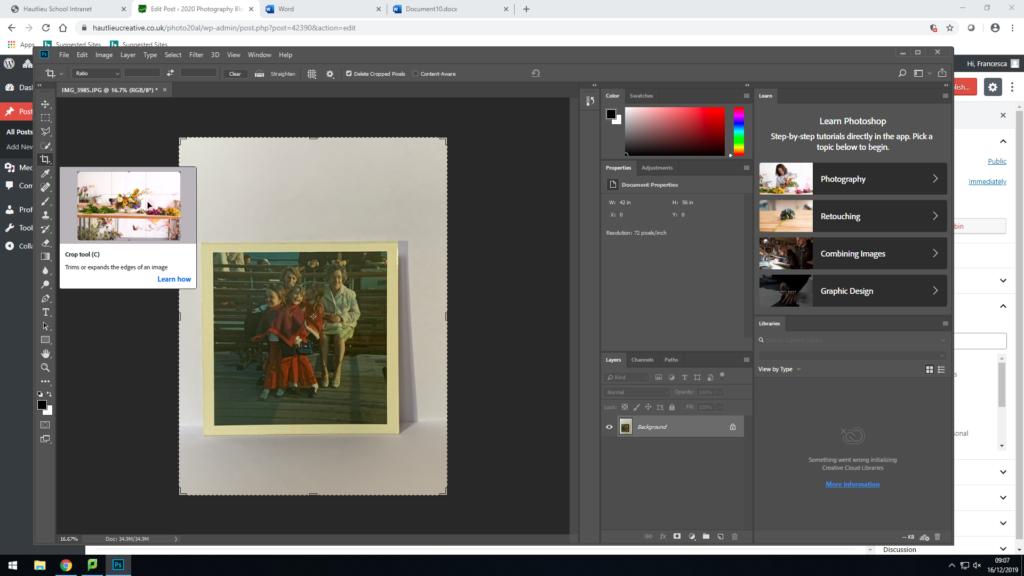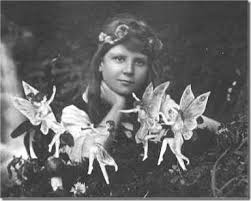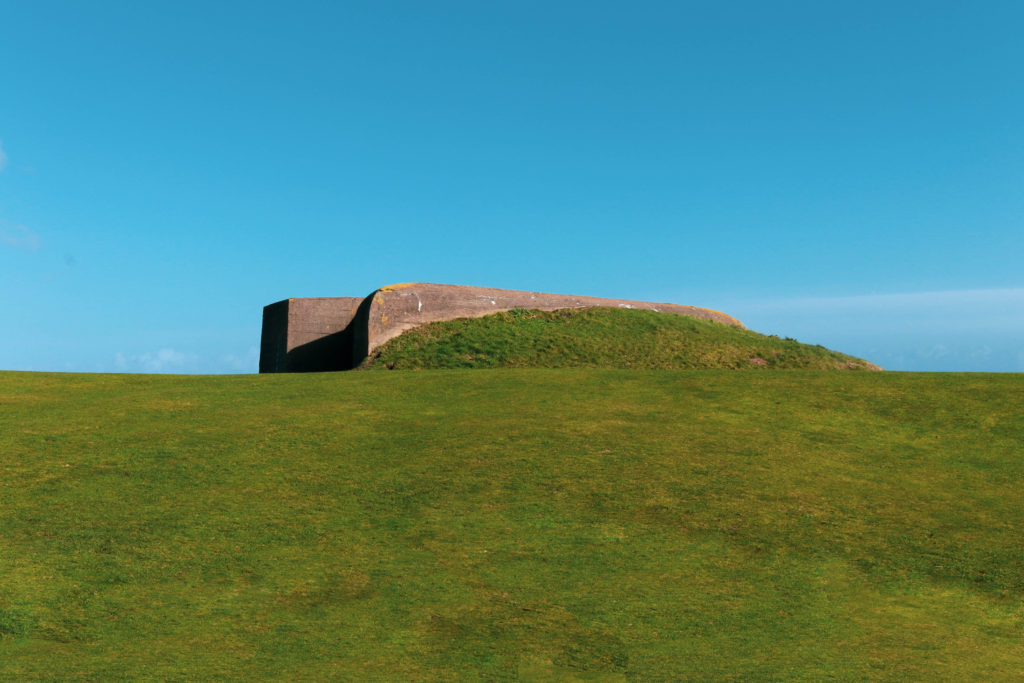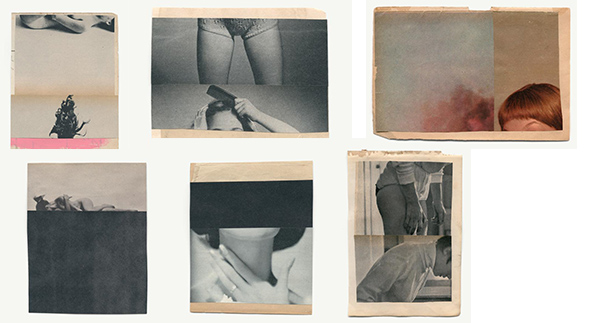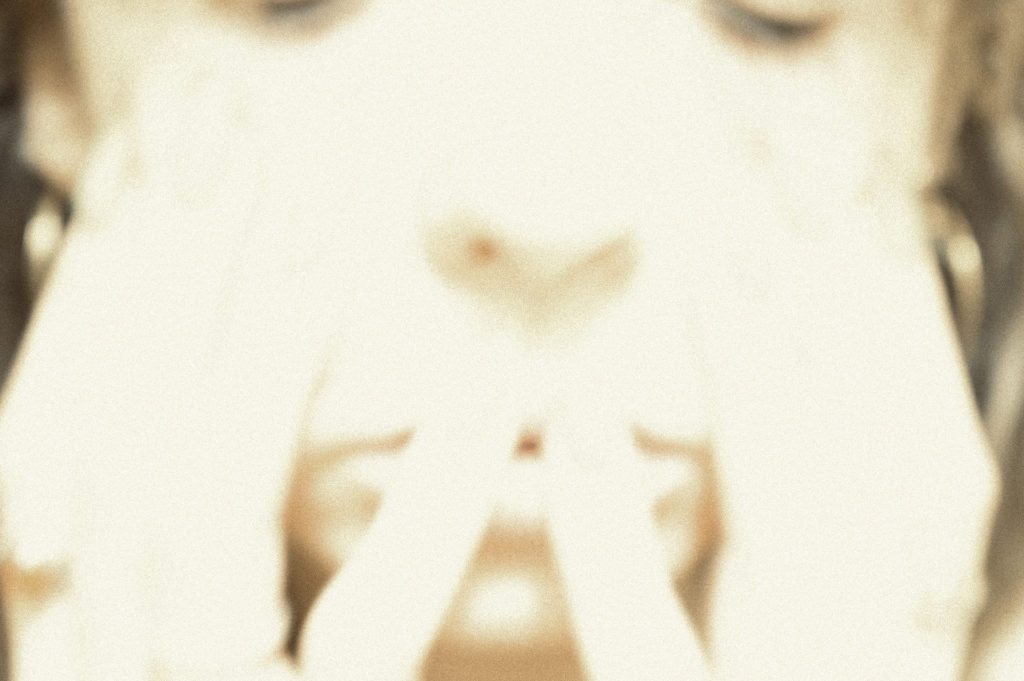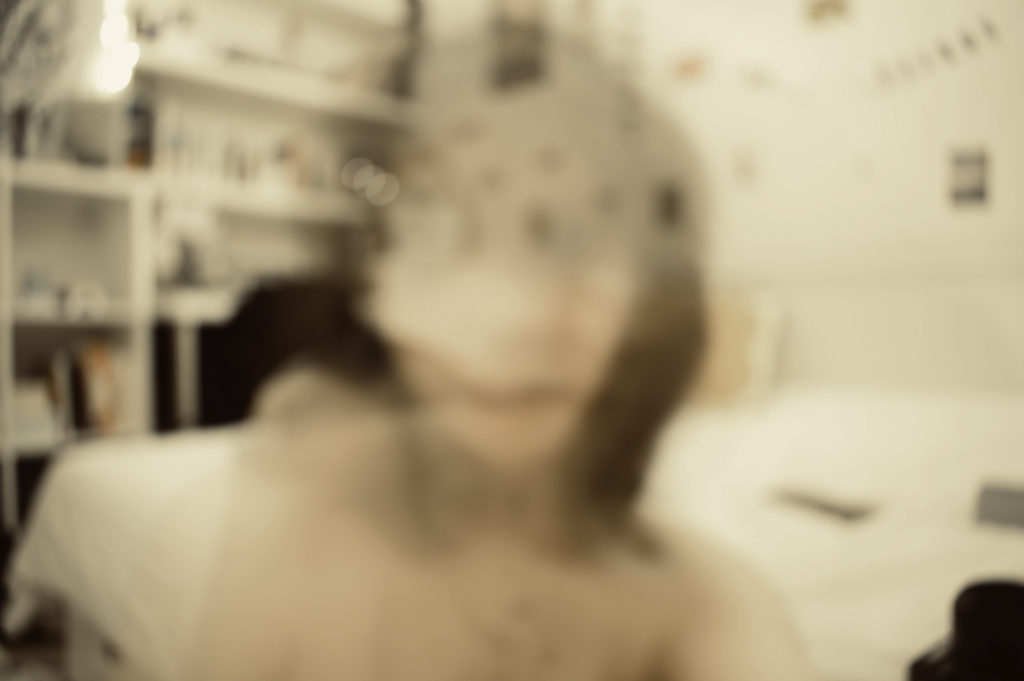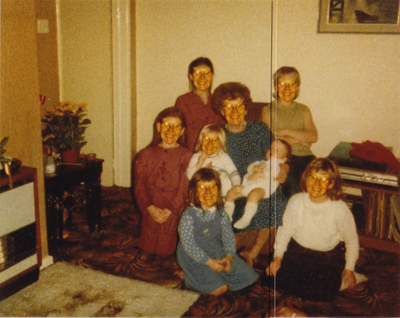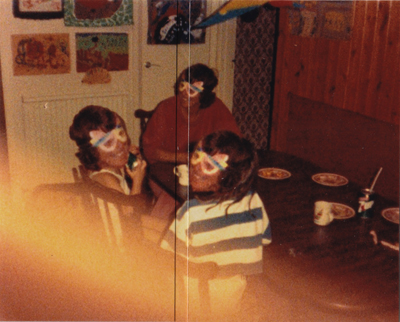https://www.citizenatelier.com/artists-antonio-mora
Antonio Mora has been a creative art director since 1995 and has gradually drawn towards the more artistic area of his profession. His work which is personal and evocative are meant to create intense feelings. He has developed a large collection of portraits where dreamworlds are superimposed with reality.
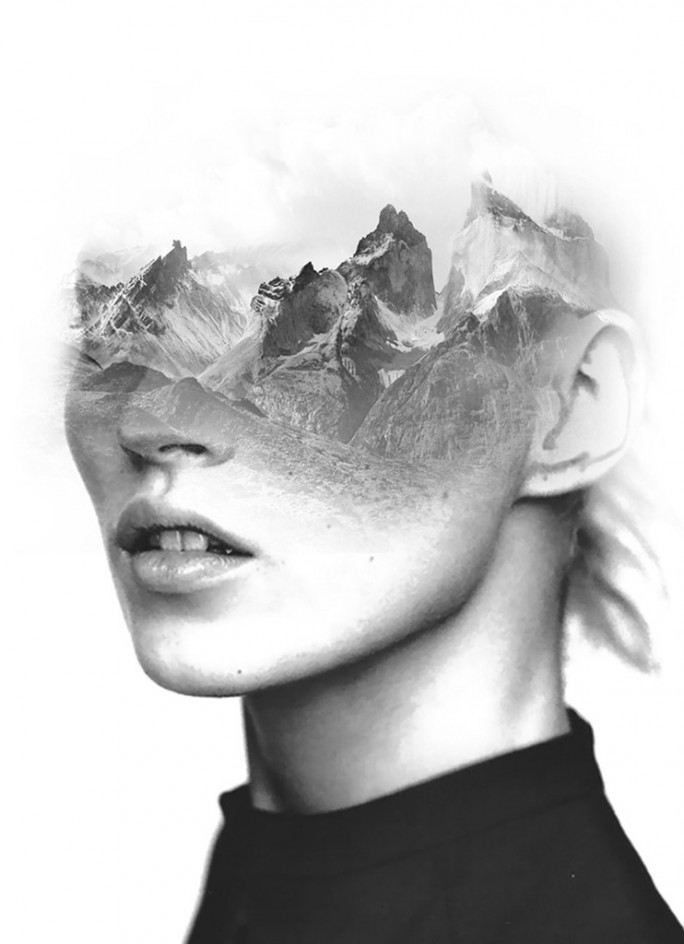
Mora uses techniques to create digital collages using various tools such as filters, hues, saturations and gradients of opacity. This creative process results in photographs being merged together. The tools on photoshop allowed him to dissolve two or more superimposed images in order to obtain results where the human faces are mixed with landscapes and architecture. I would say that his digital collages place his subjects in a strange, mysterious world, halfway between dream and reality. “My originality lies in the fusion, in finding combinations that evoke evocation and mystery. Images that open a crack in our collective memory that allows us to observe the beings that inhabit our deepest dreams.”
He says that his work is inspired by the belief that “art is made to disturb the conscience”. He works with images he finds through the internet, magazines and blogs and fuses them together with his photo manipulation techniques. His seamless way of mixing various concepts together creates a mind tricking illusion for the viewer.
As a response to his work, I will create digital collages on photoshop to blend portraits with landscapes and architecture from archival photographs. Like Mora, I want my work to be surreal in order to create a mysterious world. The portraits will have to be head shots in order to manipulate the region of the face. I selected Mora as one of my references because I want to create digital collages using self portraits in order to demonstrate how living in different countries has ultimately shaped my current identity.
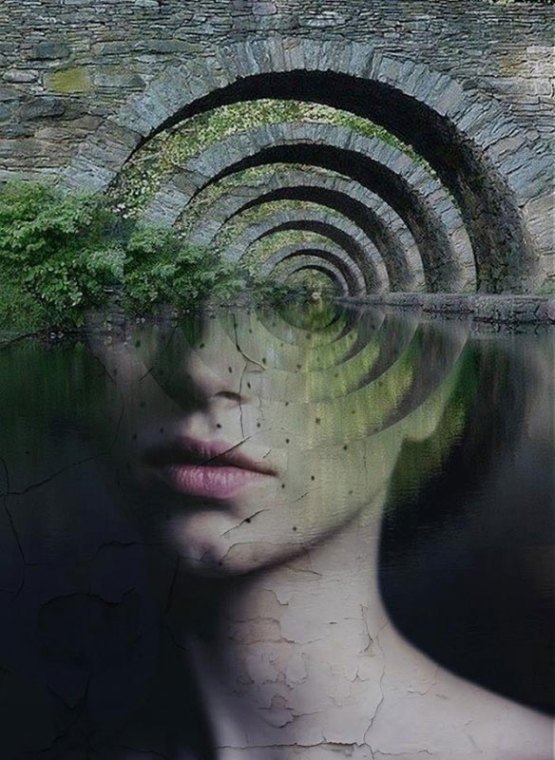
VISUAL: This is a portrait that consists of the natural and unnatural world. The woman’s face has been slightly revealed, creating a mysterious effect to the image. If you look closely you can see cracks in the photo which makes it seem like the image is ageing and about to peel off. Around the head area you can see arches which appears to be a bridge that has been copied and pasted several times. On the left hand side you can see a cluster of leaves resting in the corner. The reflection of the leaves and the arches can also be seen in the image, seamlessly blending into the woman’s face. You can also see that the smallest arch and its reflection has created a circle which has been replaced for the real eye that has been erased. Antonio Mora has placed multiple pictures on top of one another and then lowered the opacity to blend all the images together.
COMPOSITION: The focal point in this image is where the eye is supposed to be. The arches have decreased in size the further out it is which captures the viewers attention and makes their eyes follow through the endless tunnel. The contrast in colours is interesting since the lower half is dark and gloomy while the upper half has a tranquil effect through the nature and peaceful landscape.
OPINION: I like how the artist has used nature to replace a large amount of the woman’s face. I think this image is telling us a story about a young woman who is broken which is represented by the cracks. She has a lot going on in her head which is represented by the several arches that circle around her. She appears to be envious which can be seen through the colour imagery of green depicted through the leaves and their reflection.

